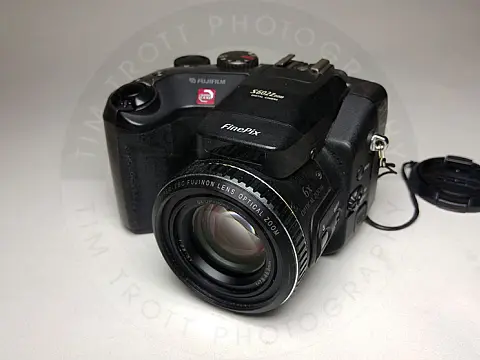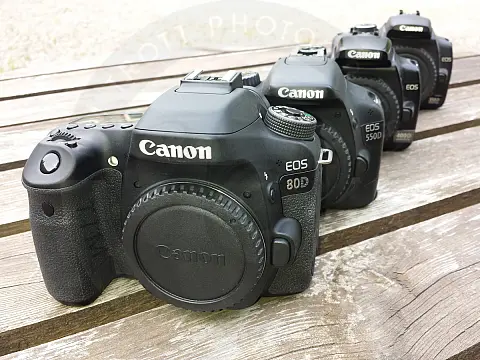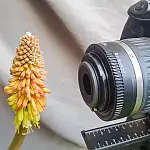The Ultimate Guide to Buying Your First CameraAre you new to photography and looking to buy a camera? This comprehensive guide will walk you through everything you need to know to make the right choice.
If you're new to photography and want to buy a camera, the sheer number of choices available can be overwhelming. This in-depth guide will arm you with the knowledge you need to make an informed decision and select the best camera for your needs. This tutorial will help you navigate the world of camera purchase as a beginner, from comprehending different types of cameras to examining crucial features and criteria.
Understand the Different Types of Cameras
Before going into the world of camera buying, it's important to grasp the many types of cameras accessible. There are DSLR cameras, mirrorless cameras, point-and-shoot cameras, and even smartphone cameras to pick from. Each model has advantages and limitations, so while making a decision, consider your photography aims and preferences.
Compact Camera
Compact cameras are often pocket-size point-and-shoot cameras, traditionally with little in the way of functionality or zoom, however developments over the past few years have brought the compact camera into the high tech range. While they lack the large sensor size of the larger cameras, the range of features is comparable with low-end bridge and SLR cameras. Some compacts offer an impressive telephoto range, sometimes even up to 10x zoom.
Bridge Camera
Bridge cameras are a step up from the compact camera but not as high as an SLR camera. They have larger, higher-quality lenses and offer more in the way of features and settings than a compact, sometimes even comparable with an SLR.
Hybrid / Mirrorless Camera
Hybrid cameras are a newish type of camera that offers the functionality and features of a bridge camera, with interchangeable lenses of an SLR. Like compact cameras, they do not have optical viewfinders, nor the features of an SLR, but they do offer a range of interchangeable lenses and a larger format sensor.
Digital Single Lens Reflex (dSLR)
dSLR cameras are pretty much the same as a traditional 35mm SLR cameras, with the exception that a sensor takes the place of the film. The range of features, sensor and lens quality is far superior to that of any other type of camera, however, the price reflects this.
Determine Your Budget
When purchasing a camera, one of the first things to consider is your budget. Cameras can cost anything from a few hundred dollars to several thousand dollars, so you must decide how much you are willing to spend. Remember that the camera's price isn't the only thing to think about; you may also need to pay for additional lenses, accessories, and storage devices. It's critical to strike a balance between your budget and the features and quality you want in a camera. Once you've established a budget, you can begin limiting down your options and comparing cameras within your price range.
Consider Your Photography Goals and Needs
Are you hoping to shoot professional-quality images, or are you just getting started and want a camera for fun? Do you intend to photograph landscapes, portraits, or action shots? Understanding your individual requirements will assist you in determining what features and specs to seek in a camera. If you're interested in wildlife photography, for example, you might want a camera with a fast burst mode and a large zoom lens. If you're more interested in portrait shooting, you should look for a camera with a high-resolution sensor and good low-light performance.
Research and Compare Camera Brands and Models
When purchasing a camera, it is critical to research and evaluate several brands and models in order to discover the greatest fit for your needs. Look for reviews and ratings from credible sources, such as photography websites and publications, to get a sense of how different cameras work and how reliable they are. Consider things like image quality, autofocus speed, low-light performance, and ease of use.
Consider the availability and pricing of lenses and accessories for each camera brand, as these factors can have an impact on your long-term investment. You can make an informed decision and find a camera that suits your requirements and budget by conducting research and evaluating different options.
Test and Handle Cameras Before Making a Purchase

Visit a camera store or photography expos to try out several cameras and get a sense of their ergonomics and user interface. Consider the weight and size of the camera, as well as the positioning and accessibility of buttons and controls. Consider how easy it is to use the camera and how comfortable it feels in your hands. In-person testing of the camera can help you gain a better grasp of its capabilities and evaluate if it is the correct fit for you.














